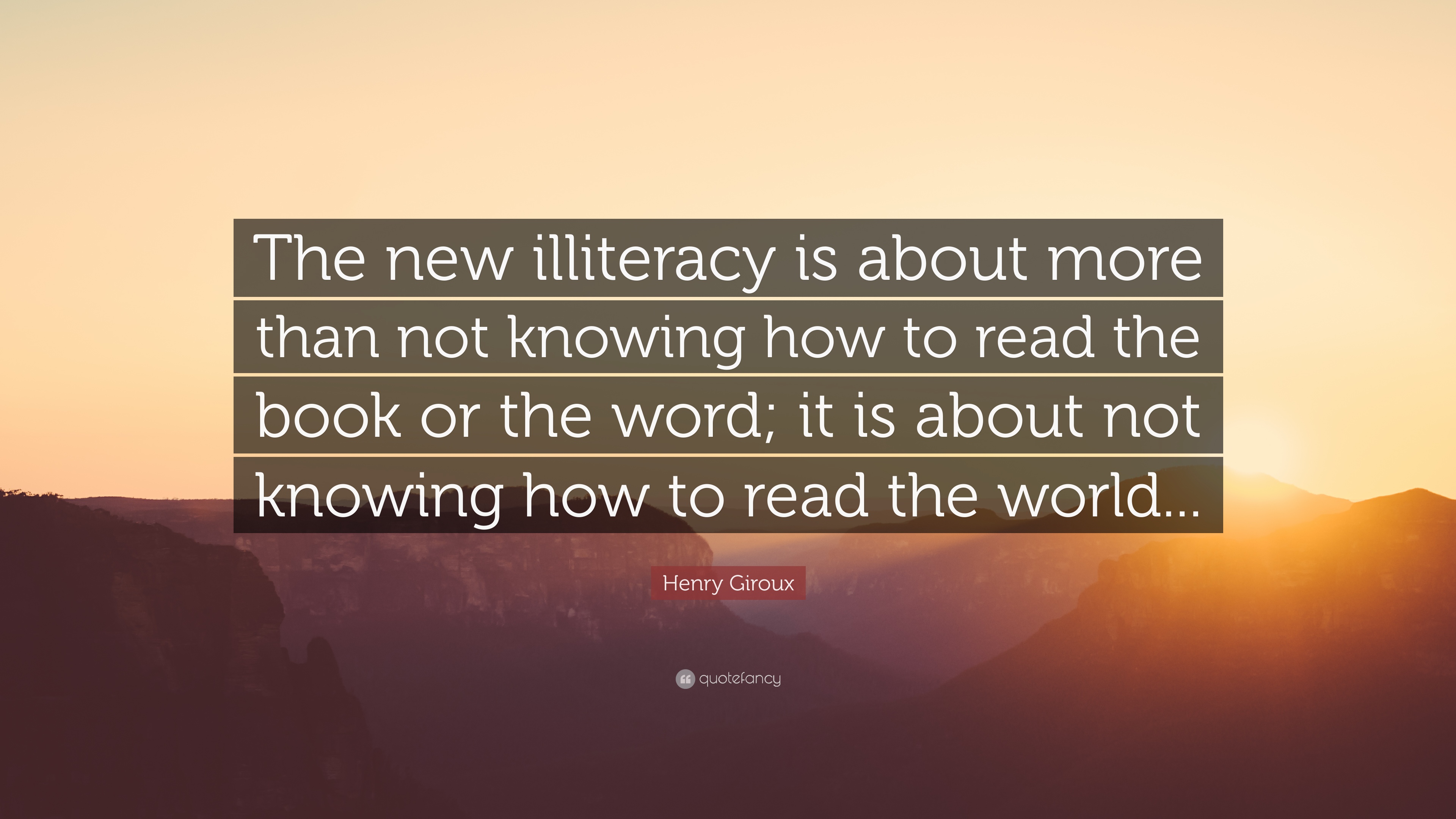Được biên soạn bám sát theo cấu trúc của đề thi Trung học phổ thông Quốc gia, đề ôn tập Unit 5 Tiếng Anh 11 dưới đây hi vọng sẽ giúp bạn củng cố kiến thức về cấu trúc “Reported speech with infinitive” cũng như từ vựng thuộc chủ đề “ILLITERACY”
Word list
Mời các bạn tham khảo video dưới đây:
Pronunciation
Vocabulary
Grammar
Error Identification
Guided Cloze
The traditional definition of literacy is considered to be the ability to read and write, or the ability to use language to, read, write, listen, and speak. In modern contexts, the word refers to reading and writing at a level (31) _______ for communication, or at a level that lets one understand and communicate ideas in a literate society,’ so as to take (32) _______ in that society. The United Nations, Educational, Scientific and Cultural Organization (UNESCO) has drafted the following definition: “Literacy is the ability to identify, understand, interpret, create, communicate and compute, using printed and written ‘materials (33) _______ with varying contexts. Literacy involves a continuum of learning to enable an Individual to achieve his or her goals, to develop his, or her (34) _______ and potential, and to participate fully in the wider society. “
Many policy analysts consider literacy rates a crucial measure of a region’s human capital. This claim is made on the (35) _______ that literate people can be trained less expensively than illiterate people, generally have a higher socio-economic (36) _______ and enjoy better health and employment prospects. Policy makers also argue that literacy increases job opportunities and access to higher education. In Kerala, India, for example, female and child mortality rates declined (37) _______ in the 1960s, when girls who were educated in the education reforms after 1948 began to raise families. Recent researchers, (38) _______, argue that correlations such as, the one listed above may have more to do with the effects of schooling rather than literacy in general. Regardless, the (39)_______ of educational systems worldwide includes a basic (40) _______ around communication through test and print, which is the foundation of most definitions of literacy.
Reading
Read the passage carefully, then choose the correct answers.
Passage A
In the primary school, a child is in a comparatively simple setting and most of the time forms a relationship with one familiar teacher. On entering secondary school, a new world opens up and frequently it is a much more difficult world. The pupil soon learns to be less free in the way he speaks to teachers and even to his fellow pupils. He begins to lose gradually the free and easy ways of the primary school, for he senses the need for a more cautious approach in the secondary school where there are older pupils, Secondary staff and pupils suffer from the pressures of academic work and seem to have less time to stop and talk. Teachers with specialist roles may see hundreds of children in a week, and a pupil may be able to form relationships with very few of the staff. He has to decide which adults are approachable; good schools will make clear to every young person from the first year what guidance and personal help is available – but whether the reality of life in the institution actually encourages requests for help is another matter.
Adults often forget what a confusing picture school can offer to a child. He sees a great deal of movement, a great number of people – often rather frightening-looking people – and realizes that an increasing number of choices and decisions have to be made. As he progresses through the school the confusion may become less but the choices and decisions required will increase. The school will rightly expect the pupil to take the first steps to obtain the help he needs, for this is the pattern of adult life for which he has to be prepared, but all the time the opportunities for personal and group advice must be presented in a way which makes them easy to understand and within easy reach of pupils.
Passage B
A literate population is a necessity for any nation wishing to take advantage of modern technological growth. For instance, research has shown a direct relationship between literacy among women and improved health’ and child care in the family. The United Nations Educational, Scientific, and Cultural Organization (UNESCO) has long supported the concept that education must be considered an ongoing process.
Adult education has long been important in Europe, where formal programs began in the 18th century. In Britain, concern for the education of poor and working-class people resulted in the growth of adult education programs, such as the evening school and the, Mechanic’s Institute, to expand education opportunities for all people: ,After the Russian Revolution, the Russian government virtually eliminated illiteracy through the establishment of various institutions and extension classes for adults.
In other areas of the world, adult education movements are of a more recent origin. In 1960, Egypt established a ‘schools for the people’ system designed to educate the adult population. In the 1970s, countries in Africa, Asia, and Latin America began to increase opportunities for adult education. Innovative programs involving the mass media are being used in many countries. Tanzania, for example, has used mass education techniques and the radio to organize national education programs in health, nutrition, and citizenship. In the 1980s, international educational exchange programs grew in popularity in the United States and many other countries.
Writing
Choose the sentence, A, B, C or D, which is closest in meaning to the printed one.
Supplemental exercises

No Comments
Leave a comment Cancel